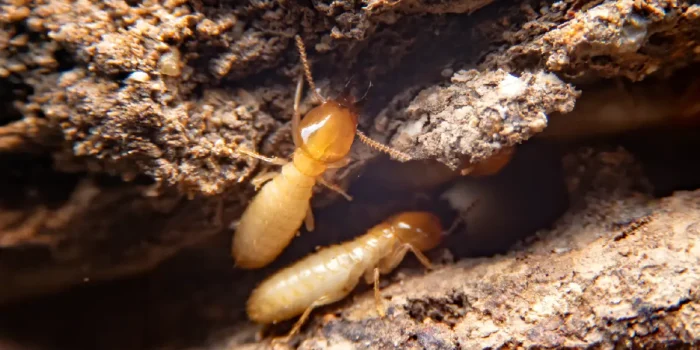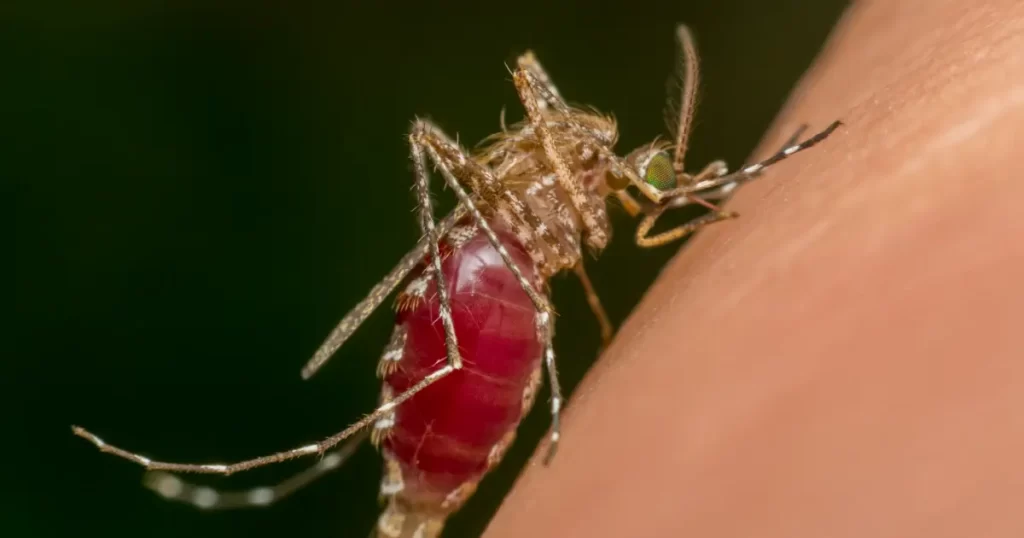Introduction
Termites are often misunderstood as mere household pests, but in natural ecosystems, they play an indispensable role. These small, social insects are powerful ecosystem engineers—contributing to the health of soils, breaking down organic matter, and influencing global carbon flows.
How do termites contribute to soil health, decomposition processes, and the carbon cycle-and why should we care?
Termites and Soil Health
Termites significantly influence soil structure and fertility. Through their tunneling and mound-building activities, they mix organic and mineral components in the soil. This not only improves aeration and water infiltration but also increases soil porosity, which benefits root systems and microbial life [2].
By transporting subsoil to the surface and vice versa, termites create a natural form of tillage that enhances nutrient availability. This bioturbation supports the spread of beneficial soil microorganisms, which are essential for processes like nitrogen fixation and phosphorus solubilization [3].
Decomposition and Nutrient Cycling
Termites are primary decomposers of plant material rich in cellulose, including dead wood, leaves, and grasses. Their digestive systems, assisted by symbiotic bacteria and protozoa, allow them to break down complex plant polymers that most organisms cannot digest [4]. This transformation of plant debris into humus is essential for soil formation and nutrient cycling.
As they decompose organic matter, termites help release locked nutrients like nitrogen, potassium, and phosphorus back into the soil, making them available for plant uptake [1].
Termites in the Carbon Cycle
The role of termites in the carbon cycle is multifaceted. On one hand, they help sequester carbon in the soil by incorporating organic matter into subterranean chambers. On the other hand, they release carbon dioxide and methane as byproducts of digestion, especially in tropical regions with large termite populations [1].
Although termites account for an estimated 2–4% of global methane emissions, their overall impact is nuanced. In well-balanced ecosystems, the carbon sequestration benefits of termites can offset part of their emissions. Their influence on decomposition and nutrient cycling further promotes healthy vegetation growth, which in turn captures atmospheric carbon.
One Health Perspective
The One Health approach acknowledges the interconnection between the health of humans, animals, and ecosystems. Termites, as keystone decomposers and soil engineers, directly contribute to environmental health. By sustaining soil fertility, they support agriculture, reduce dependency on chemical fertilizers, and help prevent land degradation—all of which impact human food security and ecological stability [5].
Moreover, termite activity enhances the resilience of ecosystems against climate stress. Healthy soils store more carbon, retain water better, and recover more quickly from disturbances. Thus, termites play a role not only in natural systems but also in promoting sustainable agriculture and climate adaptation strategies.
Threats and Considerations
Despite their benefits, termites are increasingly affected by deforestation, pesticide use, and urban expansion. These disruptions can limit their populations and alter their ecological roles. Additionally, not all termite activity is beneficial—some species cause damage to crops and infrastructure, especially when natural habitats are lost.
Balancing termite conservation with pest management requires integrated ecological planning. Encouraging termite diversity in natural areas while managing destructive species in built environments supports both environmental and economic interests [4].
Conclusion
Termites are foundational to healthy ecosystems. Their activities support soil fertility, facilitate decomposition, and influence the global carbon cycle. Far from being simple pests, termites act as vital environmental stewards whose contributions to biodiversity and sustainability are often overlooked. By understanding and valuing their ecological roles, especially through a One Health lens, we can promote land stewardship practices that balance productivity with ecosystem integrity. In doing so, we not only support the health of our environment but also safeguard human well-being and agricultural resilience in the face of climate change.
References
- Sugimoto, A., Bignell, D.E. & MacDonald, J.A. (2000). Global Impact of Termites on the Carbon Cycle and Atmospheric Trace Gases. In: Abe, T., Bignell, D.E., Higashi, M. (eds) Termites: Evolution, Sociality, Symbioses, Ecology. Springer, Dordrecht. pp. 409–435.
- DeSouza, O. & Cancello, E.M. (2019). Termites and Ecosystem Function. In: Encyclopedia of Life Support Systems (EOLSS). [online] Available at: https://www.eolss.net/Sample-Chapters/C20/E6-142-CS-12.pdf
- Jones, J.A. (1990). Termites, soil fertility and carbon cycling in dry tropical Africa: a hypothesis. Journal of Tropical Ecology, 6(3), pp.291–305.
- Bignell, D.E. & Eggleton, P. (2011). Termite Ecology in the First Two Decades of the 21st Century: A Review of Reviews. Insects, 10(3), 60.
- Earth.org. (2023). What Happens to Ecosystems When Bees Disappear? [online] Available at: https://earth.org/what-happens-to-ecosystems-when-bees-disappear/













